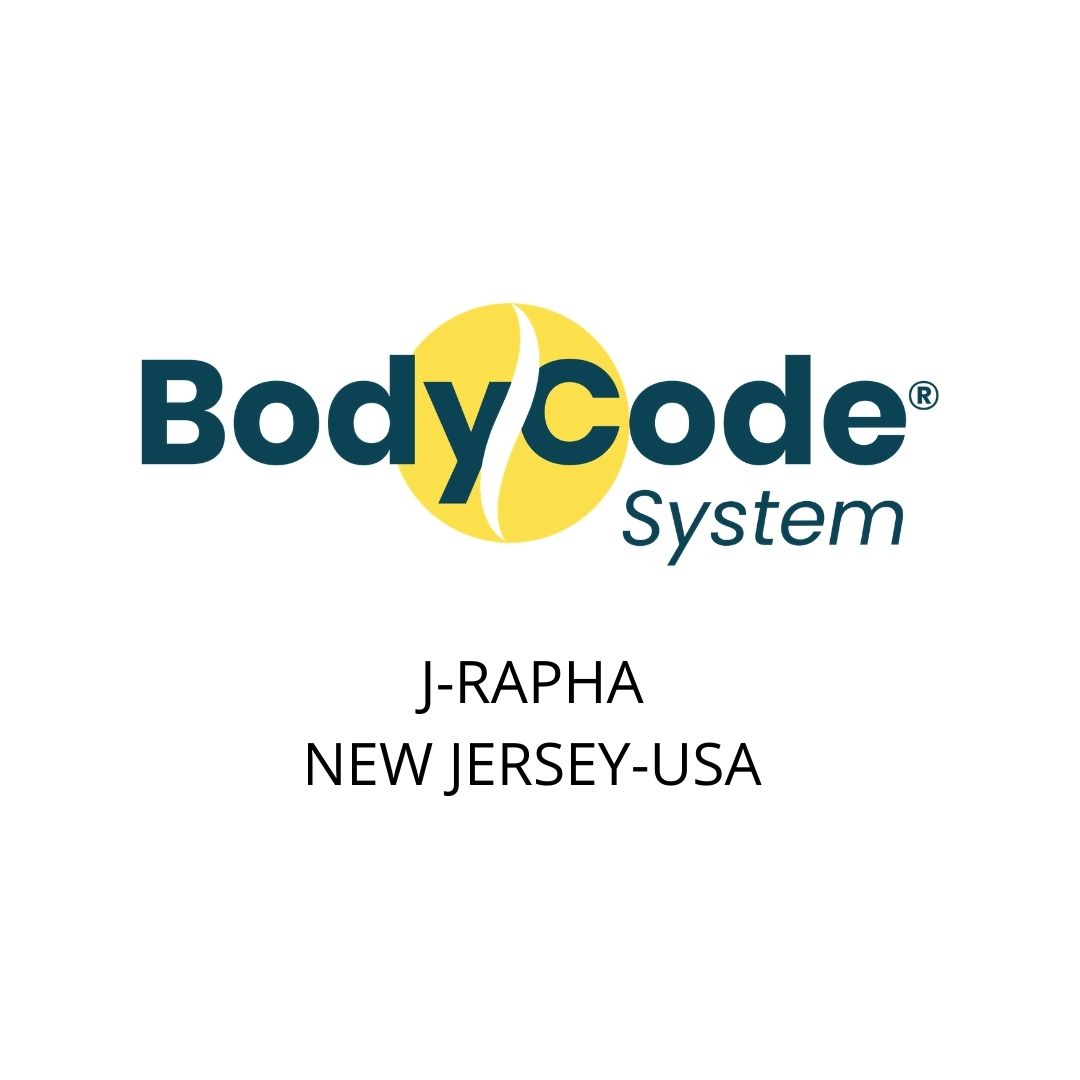From Desk to Dance: How Office Workers Can Prevent Back Pain with Movement Therapy
- BodyCode USA

- Apr 2
- 3 min read

The Hidden Connection Between Desk Work and Movement Dysfunction
If you're among the millions who spend hours at a desk each day, you've likely experienced the familiar ache that settles into your lower back, the tightness that creeps across your shoulders, or the stiffness that makes standing up feel like a negotiation rather than a natural movement. What you might not realize is that the solution lies in movement principles derived from the world of professional dance.
At J-Rapha Studio, we've successfully applied our BodyCode System® expertise—originally developed for professional dancers—to help desk workers overcome chronic pain patterns and rediscover pain-free movement. The results have been transformative.
The Office Worker's Movement Crisis
Modern work environments create specific movement challenges that your body wasn't designed to handle:
Prolonged Sitting: Compresses spinal discs and shortens hip flexors
Forward Head Position: Creates neck and upper back tension
Repetitive Typing Motions: Leads to shoulder imbalances and arm tension
Limited Movement Variety: Reduces the body's adaptability and resilience
Stress-Induced Tension: Compounds physical restrictions with mental strain
The consequences extend far beyond momentary discomfort. Over time, these patterns become your body's new normal, leading to chronic issues that affect your work performance, sleep quality, and overall well-being.
Why Traditional Solutions Fall Short
Many desk workers have tried standard interventions with limited success:
Ergonomic Equipment: Helpful but doesn't address existing movement patterns
Generic Stretching: Often reinforces problematic patterns
Massage Therapy: Provides temporary relief without correcting causes
Pain Medication: Masks symptoms while dysfunction progresses
Traditional Exercise: Can sometimes reinforce compensatory patterns
The missing element? A sophisticated understanding of how movement patterns develop and how to systematically reset them—exactly what the BodyCode System® provides.
The BodyCode System® Approach for Office Workers
Our methodology goes beyond simple exercises to address the root causes of office-related pain through:
1. Postural Dynamic Auto Reeducation (PDAR)
This innovative component of the BodyCode System® helps reprogram your body's natural alignment through simple yet powerful movements. Using specialized tools like foam rollers and massage balls, PDAR develops greater body awareness while improving joint alignment and core strength—particularly effective for desk-bound bodies.
2. Spiral Movement Integration
Unlike linear exercises that can reinforce problematic patterns, our approach incorporates spiral movements that naturally release tension and create balanced strength. These patterns, taught through our Elvis the BodyKey® program, are especially effective for countering the forward-hunched positions common to desk work.
3. Fascial Release Techniques
Our specialized techniques address the fascial restrictions that develop during prolonged sitting. This comprehensive approach doesn't just stretch tight muscles—it releases entire movement chains, creating lasting improvements in mobility.
Success Beyond the Dance Studio
David Shin, a client who came to J-Rapha with work-related wrist pain, reports: "Coming here surprisingly helped speed up the healing of my wrist after I injured it. The techniques addressed not just my wrist but the entire pattern that was creating the problem."
Cindy Feder, another client, shares: "Soo's expert work on my lower back and shoulder pain has given me relief that a chiropractor and physical therapist could not. As someone who sits at a computer all day, this approach has been game-changing."
Five Key Movement Principles for Desk Workers
Based on our work with office professionals, we've identified five core principles that create the greatest impact:
Counter-Positioning: Strategic movements that directly oppose desk postures
Spiral Activation: Gentle rotational patterns that release fascial restrictions
Deep Core Engagement: Subtle exercises that reactivate core stability
Movement Variety: Introducing diverse movement patterns throughout the day
Breath Integration: Coordinating breath with movement to reduce stress-induced tension
Beyond "Take a Break and Stretch"
While regular movement breaks are valuable, what you do during those breaks matters tremendously. Generic stretches often reinforce problematic patterns, while targeted BodyCode System® movements create systematic change.
Our specialized group classes provide desk workers with an efficient, effective approach to preventing and reversing office-related pain. Each one-hour session incorporates:
Targeted fascial release for common restriction points
Rebalancing exercises for desk-specific imbalances
Core stability development for better posture maintenance
Movement variety to enhance your body's adaptability
Take-home strategies for implementing at your desk
Transform Your Workday Experience
Imagine ending your workday feeling energized rather than depleted, moving with ease rather than stiffness, and maintaining focus without battling discomfort. This isn't just possible—it's precisely what our desk worker clients experience through the BodyCode System® approach.
At J-Rapha Studio, we offer specialized programs designed specifically for office professionals looking to prevent and overcome desk-related pain patterns. Through our systematic approach and specialized tools, you'll discover that lasting improvement isn't just possible—it's inevitable.
Ready to transform your relationship with your desk job? Contact J-Rapha Studio today to schedule your assessment and discover how our specialized training can help you move better, feel better, and work better.
Don't let desk work determine your movement future. Book your trial class today and experience the BodyCode System® difference.




Comments